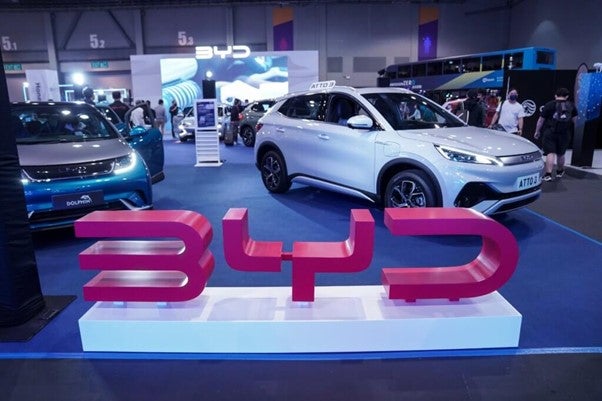Independent and Toyota engineers will later today (8 March, 2010) duplicate the demonstration referred to by Professor David Gilbert, a professor of automotive technology at Southern Illinois University, in his Congressional testimony to “show that the sequence and nature of manipulated faults in the Gilbert demonstration are completely unrealistic under real-world conditions and can easily be reproduced on a wide range of vehicles made by other manufacturers”, according to a Toyota statement issued in the US.
The technical team is Chris Gerdes, professor of mechanical engineering at Stanford University and also director, Center for Automotive Research, at the same institution; Subodh Medhekar, principal engineer, Exponent; and Kristen Tabar, general manager of electronics systems, Toyota Technical Center, Ann Arbor, Michigan.
Toyota, though recalling over 8m cars worldwide to repair accelerator and brake problems, has said its electronic control system is not the cause of unintended acceleration blamed for dozens of deaths.
Gilbert, who has said he has been involved with automotive diagnostics and troubleshooting for almost 30 years, told the US Congress last month that he was able to replicate unintended acceleration in Toyota vehicles in experiments.
But the carmaker dismissed his findings, saying he had re-engineered and rewired the signals from the accelerator pedal.
“This rewired circuit is highly unlikely to occur naturally and can only be contrived in a laboratory. There is no evidence to suggest that this highly unlikely scenario has ever occurred in the real world,” Toyota said, according to AFP.
How well do you really know your competitors?
Access the most comprehensive Company Profiles on the market, powered by GlobalData. Save hours of research. Gain competitive edge.

Thank you!
Your download email will arrive shortly
Not ready to buy yet? Download a free sample
We are confident about the unique quality of our Company Profiles. However, we want you to make the most beneficial decision for your business, so we offer a free sample that you can download by submitting the below form
By GlobalDataTwo US lawmakers on a committee looking into Toyota’s woes on Friday asked the company for documents backing up its position that electronic defects were not to blame for acceleration problems.
“We do not understand the basis for Toyota’s repeated assertions that it is ‘confident’ there are no electronic defects contributing to incidents of sudden unintended acceleration,” US lawmakers Representatives Henry Waxman and Bart Stupak wrote in a letter to the company cited by AFP.
US regulators said last Thursday that they had received more than 60 complaints from Toyota owners reporting sudden unintended acceleration despite having their recalled vehicle repaired by a Toyota dealer.
Toyota said it took the reports “extremely seriously” but had found no evidence that the problem was persisting.
Japanese transport minister Seiji Maehara said he was hoping to discuss the Toyota recalls with US Transportation Secretary Ray LaHood during a visit to Washington that the two sides are trying to arrange for around early May.
Meanwhile national newspaper USA Today’s Drive On Blog revealed criticism of a news report by ABC News regarding the unintended acceleration in Toyotas in which a reporter drove an Avalon modified by Gilbert to demonstrate unintended acceleration.
Gawker.com reported that ABC News confirmed to them that footage in a news report showing Gilbert’s test car being driven by ABC reporter Brian Ross was altered. Footage of the tachometer revving while driven was replaced by a shot of it revving while parked, because the driving shot was too blurry. ABC said this doesn’t change the fact that a similar acceleration occurred, but Gawker says it was done to “make it look scarier.”







